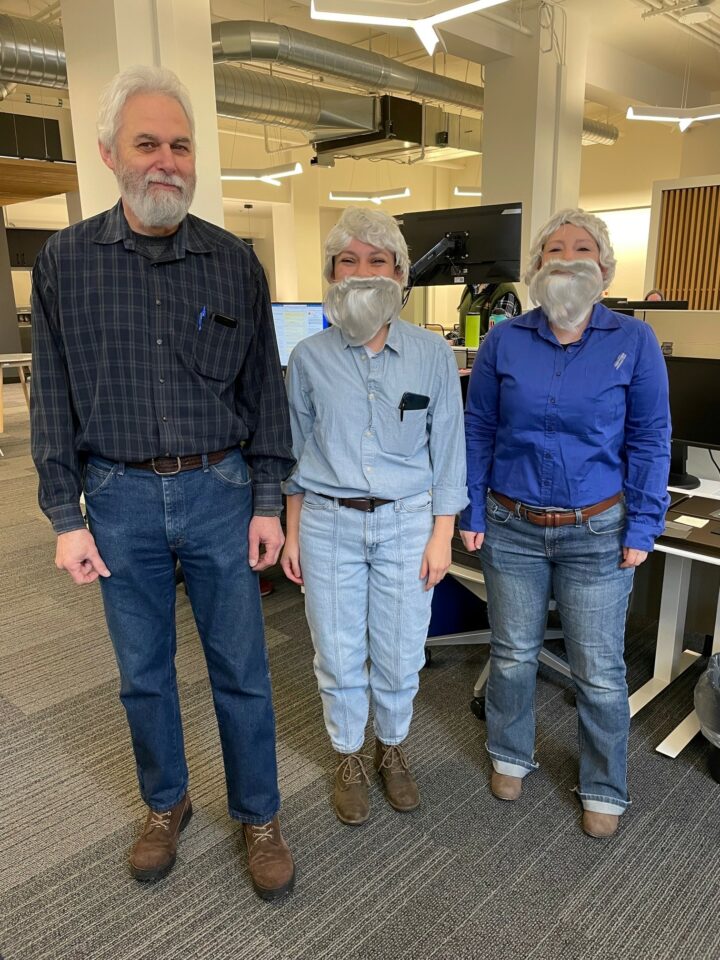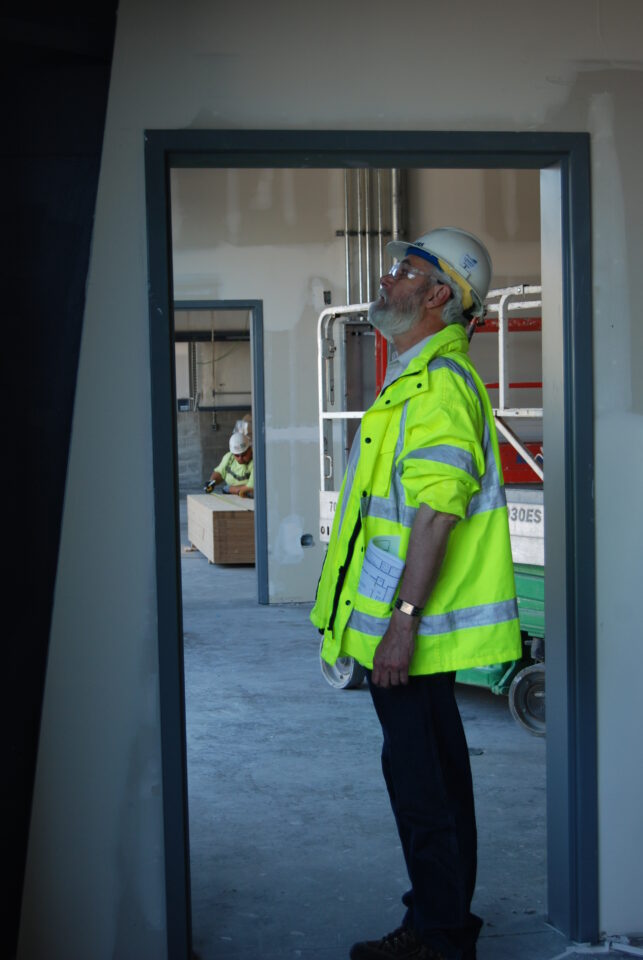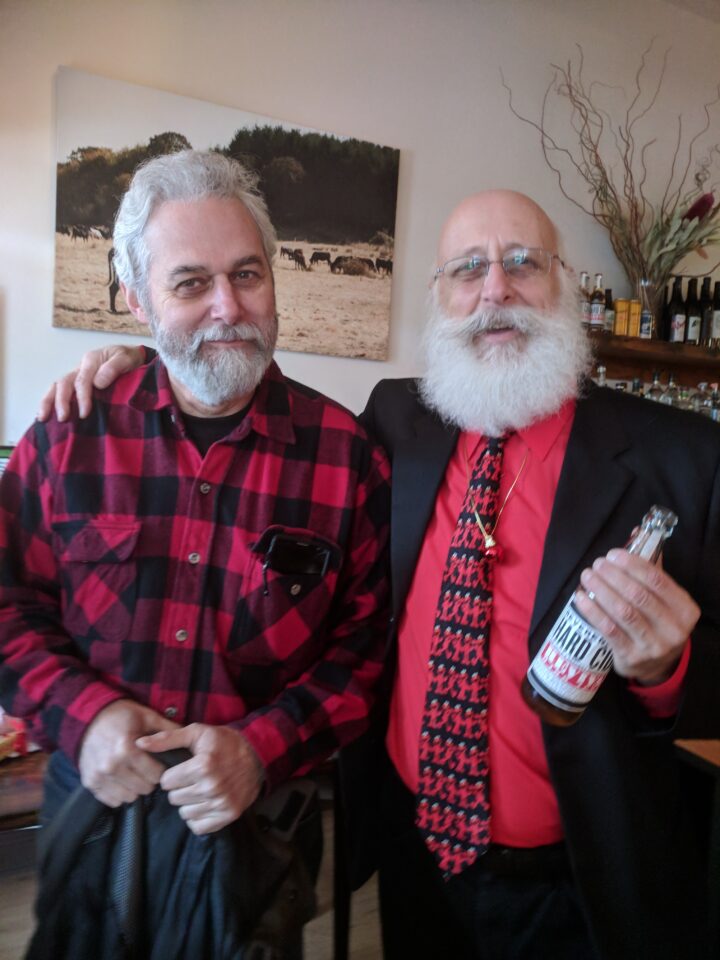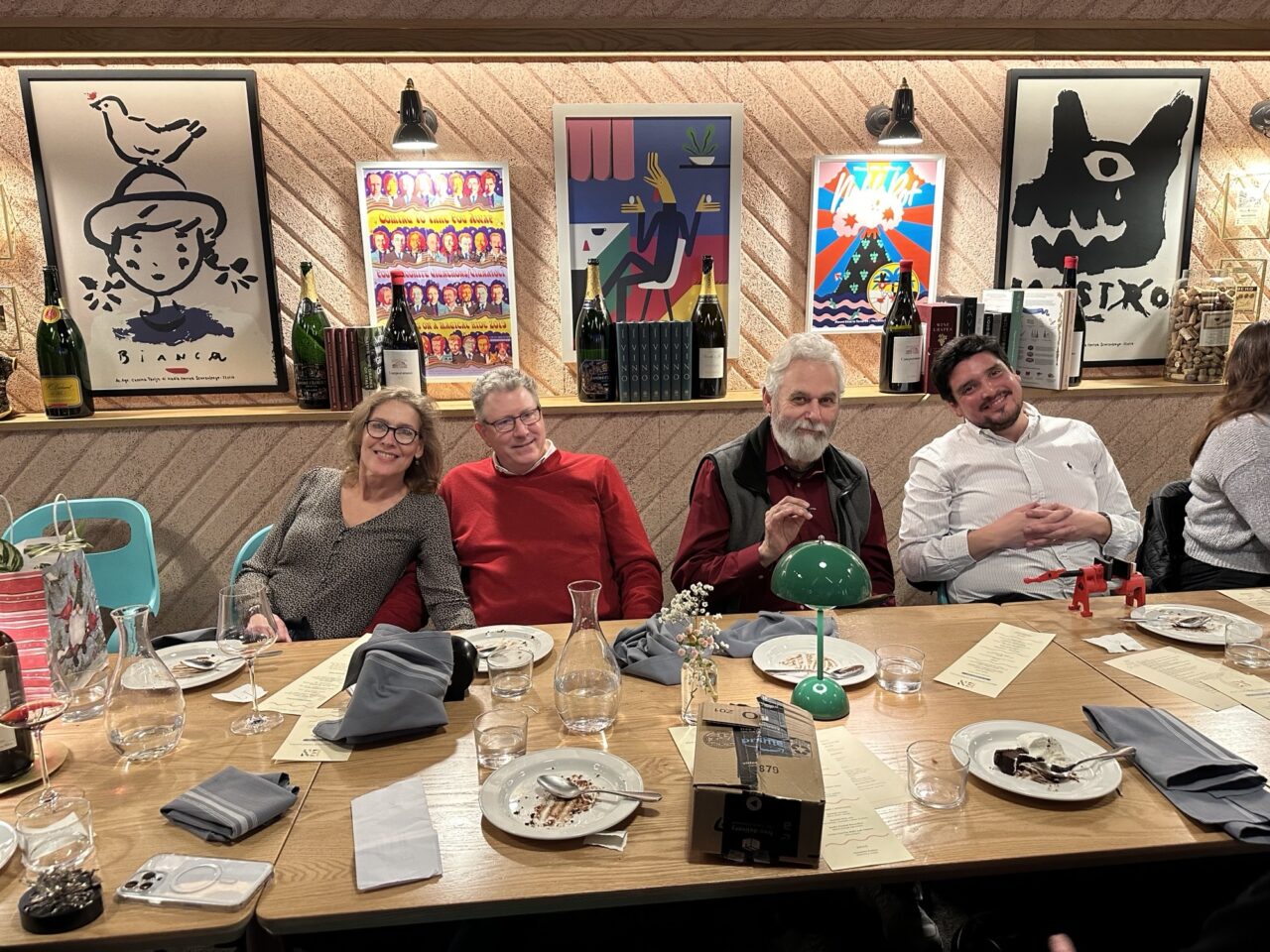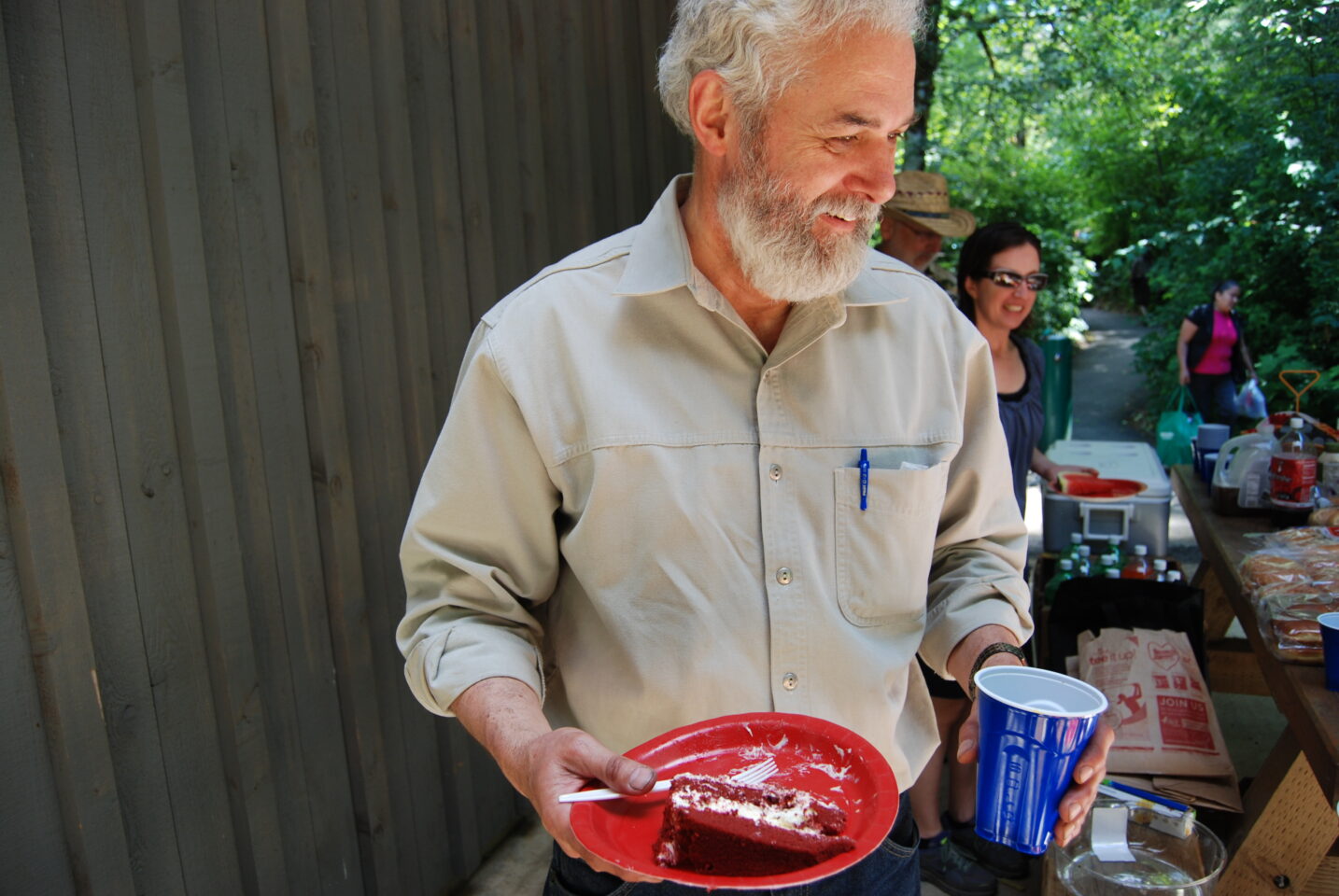David Williams Retires after 20 Years with MWA
David Williams, Architect and Studio Manager in the Portland office, is retiring after 45 years in the industry. For 20 years, Dave has been a leader, mentor, and talented architect at MWA.
To commemorate Dave’s retirement, we are looking back at the career that he built, celebrating his many creative endeavors along the way.
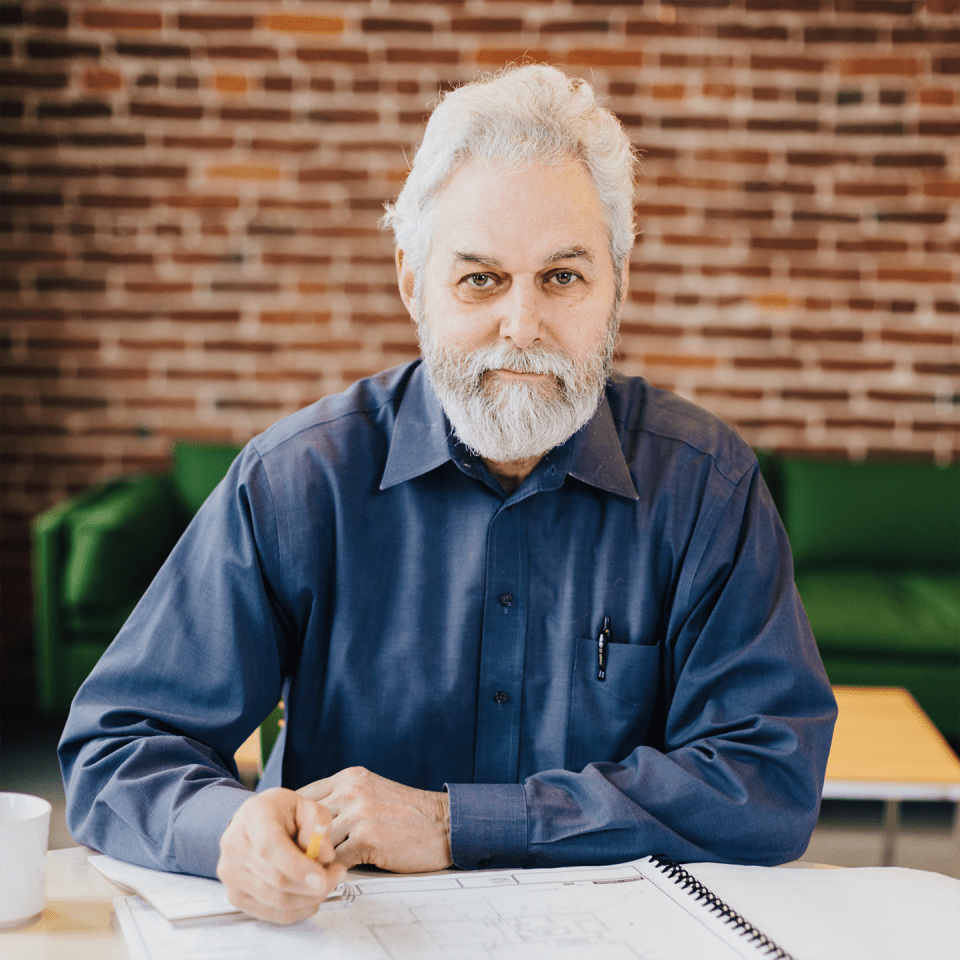
Illustrating A Future
Here’s the thing about Dave: he likes to draw.
Dave first learned about architecture as a career in 7th grade in occupations class. While researching careers, he looked for anything he could do that enabled him to draw. Dave said that at that time, “It was a relatively short list of future occupations we could choose from.” The description of a career in Architecture painted the picture that he could draw all day. Looking back, Dave reflects, “That description was as far from reality as you could get from the description of what an architect actually does.”
If you were to ask Dave now, he would tell you that an architect’s primary job is to “create a set of documents that can be built.”
Nonetheless, after deciding that Architecture was his best career option, Dave took every drafting course and shop class that Amarillo Junior High and High School had to offer.
Dave went to Amarillo College for two years before proceeding to Texas Tech University, where he earned his degree. While at Amarillo, Dave took an art class. Dave enjoyed the class, and he did well at it. He was considering art as a potential career path. However, Dave was discouraged by his belief that to be an artist, he would have to “Pursue the whole of art.” He thought that art was “One giant subject, and you had to be able to paint Starry Night, and be a cartoonist, and draw.” It wasn’t until much later that he learned he could excel in one specialty.
Texas Tech further allowed him to pursue art, printmaking, and architecture design classes. Though drawn to art, Dave describes that “Art didn’t seem like a stable career. I was dreaming of a big, nice house and financial stability. Architecture was a regular paycheck and would still let me draw.” So, his profession led him to the steady field of architecture. Once Dave committed, his path was set.
While studying architecture at Texas Tech, Dave desperately wanted to learn how to become a working architect practically. He was less interested in concept design than the technical aspects of constructing a building. Dave was ready to enter the workforce. Now, it was just a matter of where.

Building a Career
The first time Dave visited Portland, Oregon, he joined his girlfriend (now wife) to visit her mom. Dave was accustomed to the cold winters in Texas and remembers, “When I stepped off the plane, it was 50 degrees. There was water, rain, trees, and rivers, and it was warm! And this is the middle of winter. I kept thinking, ‘If this is what winter looks like, what does summer look like?”
Not long after that visit, Dave and his wife, Karen, decided to move to Portland.
Dave’s first job out of college was as a draftsman at a structural engineering firm. He was happy because he was able to draw on good paper. Dave described this job as “a quick ramp-up of learning the technical side of the profession,” something he was eager to learn at school.
Four years later, the recession hit the Pacific Northwest due to the falling prices of lumber, and Dave found himself looking for a new firm.
Dave didn’t have to look too far. Once again, he was able to follow his love of drawing. Dave found a position at an Architecture and Engineering firm in Portland, where he worked as an Architect for 18 years. During Dave’s time at this firm, technology began to evolve. Dave describes that for the first seven years, he was still creating hand drawings, “But then Auto-Trol came out, which was an engineering program for drawing but was still too technical to use on its own. A few years later, CAD took the reins.” Though this impacted the amount of time Dave could draw, he remembers it fondly, saying, “Having a new challenge was fun. I learned how to hack it and learn new pieces of the program.”
Dave worked on highly technical projects during his 18 years at that firm. With the economic crash of 2008, the jobs that Dave was working on fell through, and his division shut down. Dave credits much of his career learning to his time at this firm. Dave says, “They taught me the importance of business, discipline, and management.”
After the 2008 crash, Dave worked for two years at a one-man firm, hand-drawing homes. He remembers that time as “A refreshing break that kept me from feeling burnt out.” But running a business by himself, marketing, and giving up a steady paycheck wasn’t what he wanted long-term.
Creating a Community
The stars aligned for Dave to work at MWA when a former engineering coworker of his was working at Brown and Caldwell. Jeff McGraw was working with this engineer on a laboratory upgrade in Corvallis. Jeff was looking to hire someone new, and the engineer at Brown and Caldwell told Jeff, “Just call Dave.”
“Dave was the consistent voice in design and construction. His steady hand and management style educated our staff and client engineers. Dave has provided a standard for the art of mentorship. His demeanor and his calm response to any crisis inspires others to conduct business in a similar fashion, even as he retires from MWA.”
– Jeff McGraw, MWA President and Principal
Dave interviewed for his position on Halloween. He was wearing a jacket and tie. He remembers walking in and seeing Jean and Bill dressed in full costume. Dave remembers it as being interviewed “By a table full of characters.” But it was clear from both sides that he could add value to the firm, “It was a good fit.”
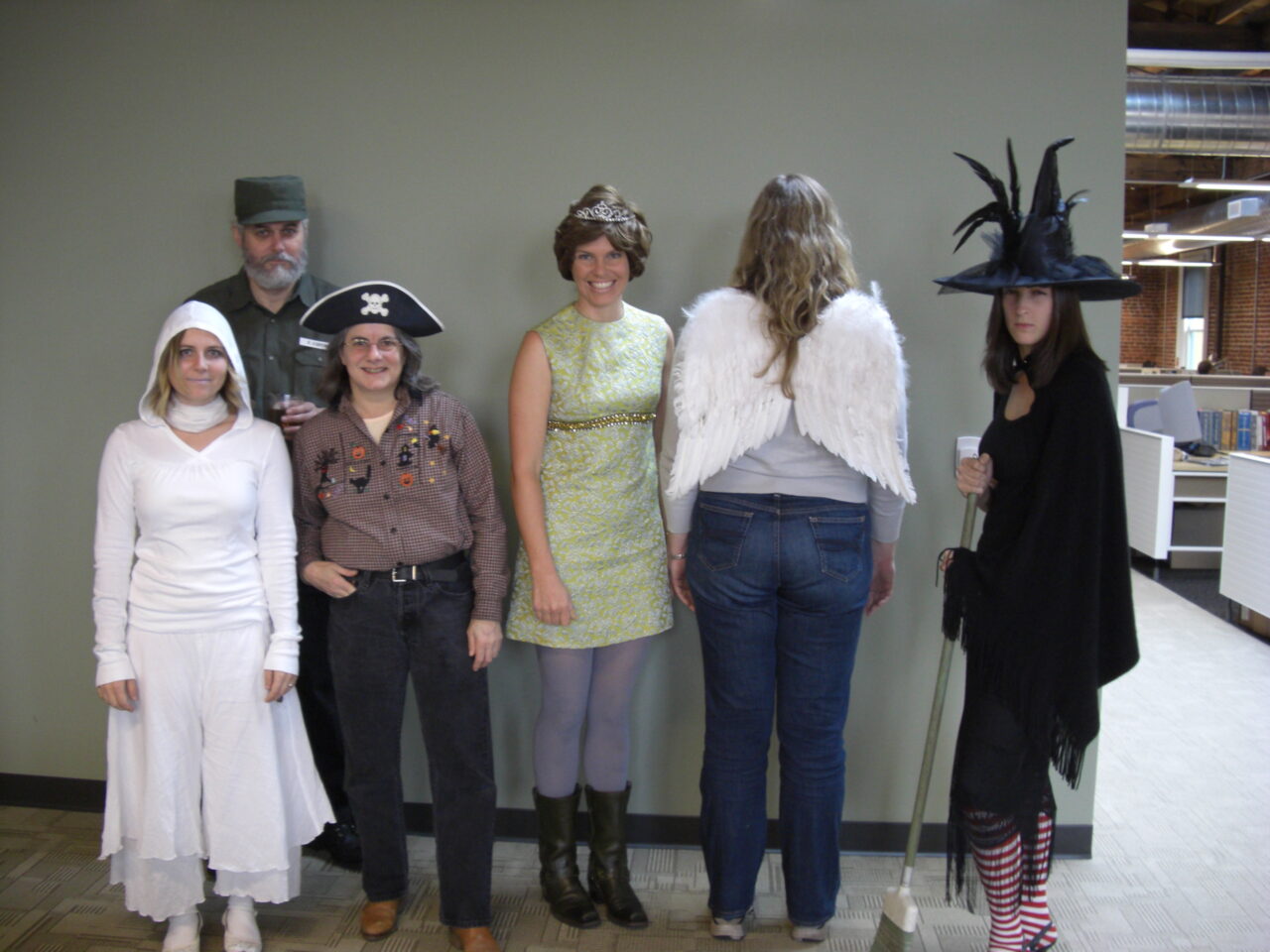
Dave was the perfect fit for MWA because of his mission-based approach to architecture. He has always valued function over form, prioritizing cost-effective designs with a positive environmental impact.
Dave tries to reduce waste by choosing durable materials with a long lifespan. Dave expresses, “I can’t get past the practical. For the cost of a high-design building, I could have designed 20 functional buildings that house and provide for people.”
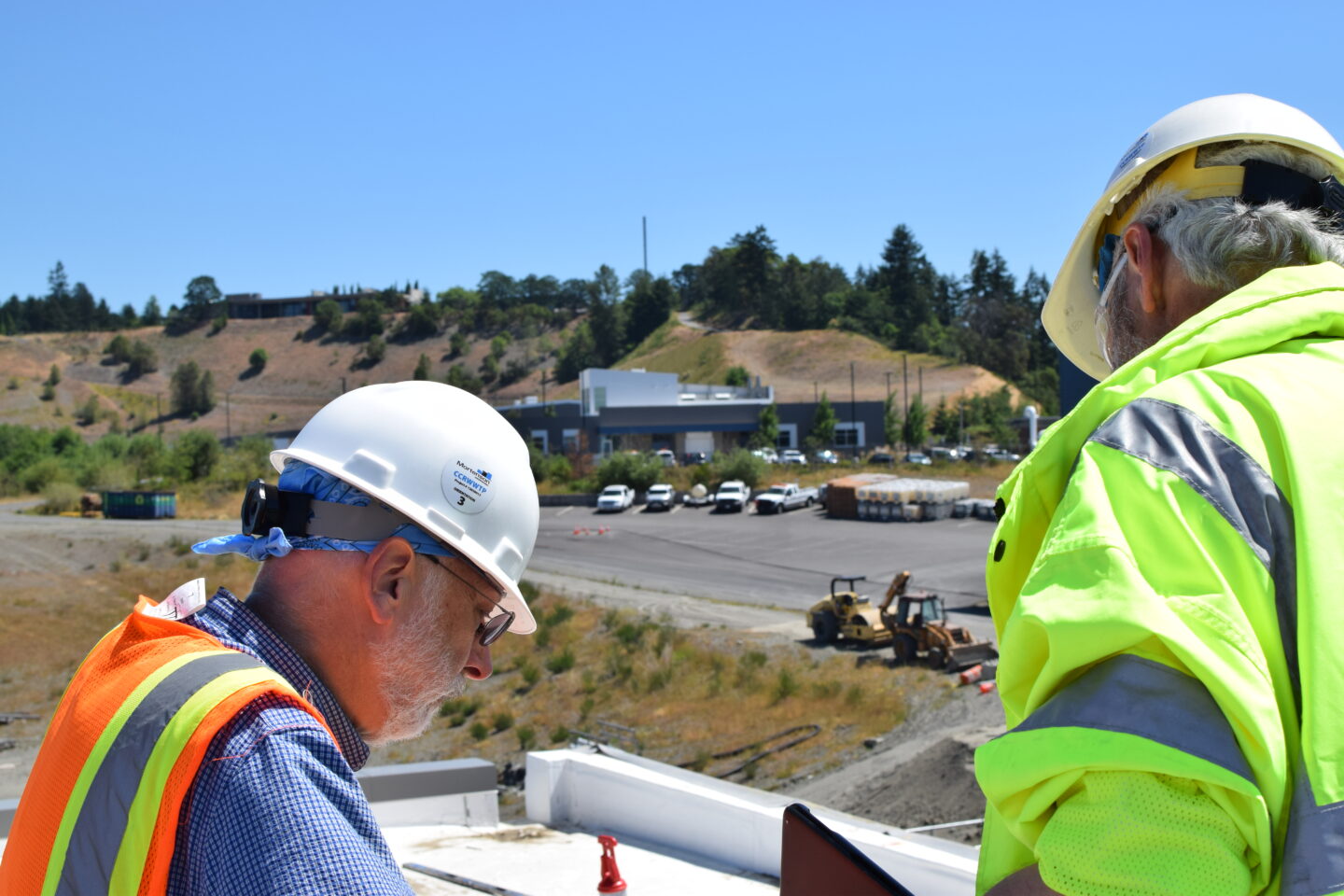
Twenty years have passed since Dave interviewed with MWA on Halloween. In that time, Dave has been a reliable architect, thoughtful mentor, and appreciated pillar of team MWA. Dave shares that “MWA felt like a place that I was needed. I had the skills to do the job, which was always appreciated.” Dave mentored people who are now leaders at MWA and enjoyed watching them grow in their careers. As a long-term mentor to much of MWA’s staff, Dave plainly states, “I like to teach those who want to learn.”
“Somehow Dave manages a sense of humor while maintaining a great deal of patience. My first experience with this was hours (many hours) of working through my first ever steel fireproofing details of an elevator shaft. I honestly felt in over my head on this task and Dave was excellent at both guiding me through the process and allowing me the grace to make mistakes and learn as I went.”
– Taryn Wheeler, MWA Project Manager
Looking back at his career, Dave is most proud of building an extensive portfolio of practical projects. Dave has kept an eye on his projects and noticed, “The buildings I designed 30-40 years ago have been modified nearly ten times, and are still in great condition.”
While Dave is proud of the work that he has produced and the people he has mentored, he is most grateful that his career gave him the stability and opportunity to pursue his passion projects. The artist in Dave never stopped creating. A talented and active woodworker, Dave has been part of the American Association of Woodworkers for decades and serves as president of Frogwood Collaborative. Over the years, Dave has “Sold enough pieces to pay for tools and pocket some money to continue to create work.” He appreciates, “Most of what I do, I do for myself. Having a day job meant that it didn’t matter whether people bought my work or not.”

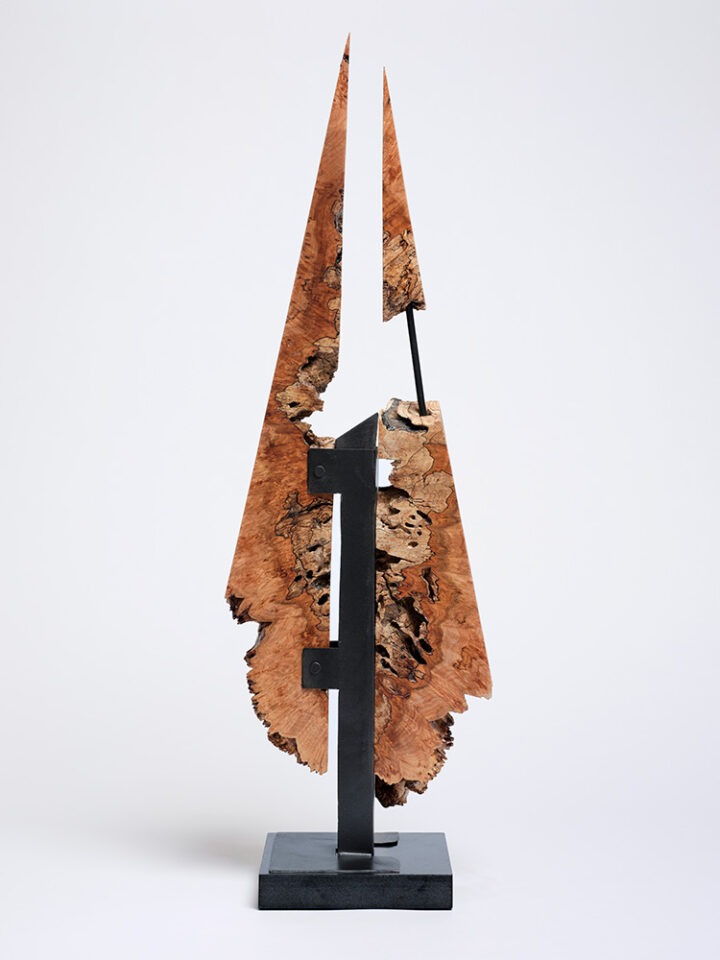
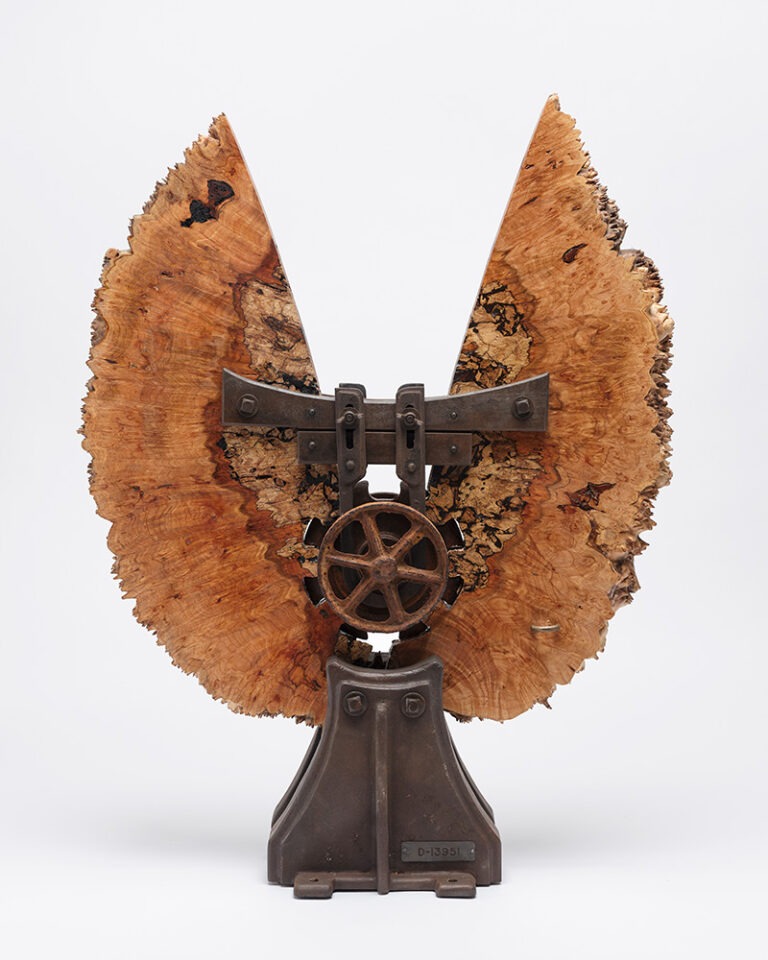
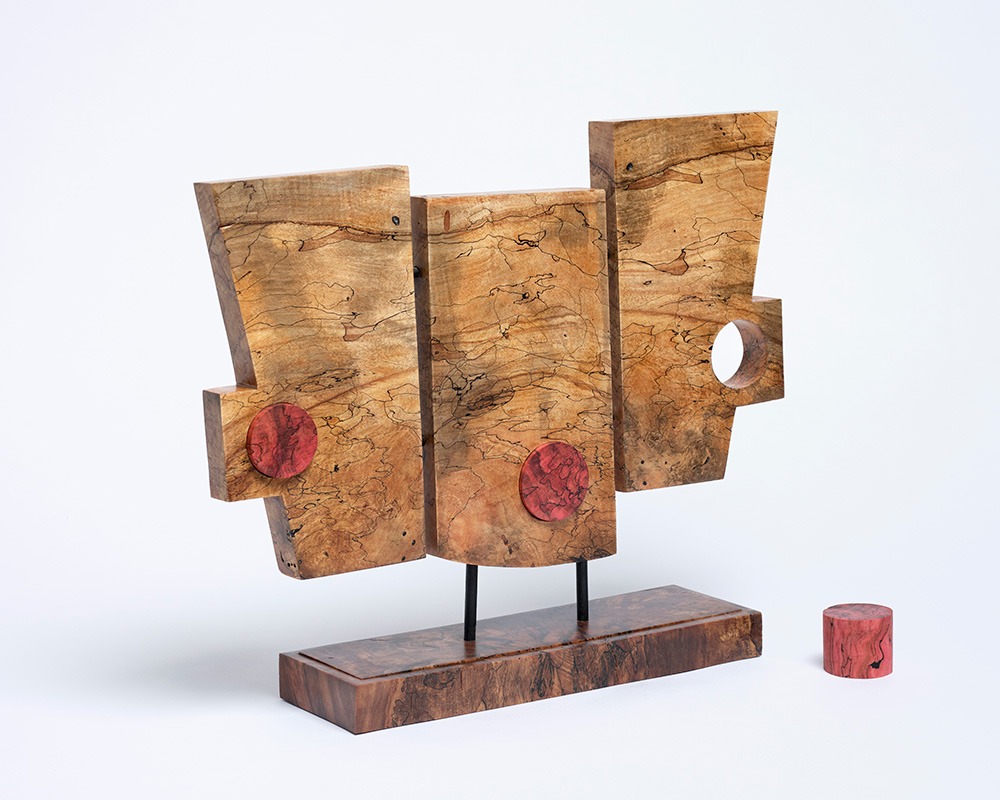
Dave feels confident that while retirement will change the type of work he does, it won’t change his lifestyle. Dave intends to use his extra time to make more wood sculptures, exploring ways to contribute something unique to the craft.
As Dave begins his new journey in retirement, he leaves the latest generation of architects with some words of wisdom.
Dave advises all designers just beginning their careers, “Half of the job is just showing up. Show up, ready to learn, every day. In this profession, there’s always something different and always something to learn. Even in a remote work environment, when people are starting, they should be in person every day. So much of what we learn is by observation, overhearing conversations, and stories of what is happening in a project. You wouldn’t even know what you’re missing! So, showing up is half the job.”
Or, as Dave summarized in fewer words, “Just show up and pay attention.”
Thank you, Dave, for showing up for MWA for twenty years. Your reliability, mission-based approach to design, and mentorship have made a lasting impact on MWA.
“Dave has always been a valuable mentor within MWA. Whether it has been design and detailing focused or sticky construction challenges, he has not only helped with the solution but also shown that they can be overcome in a calm and thoughtful way. It is through his patience and experience that a number of designers and architects at MWA are better at our work.”
– Bill Lanning, MWA Principal
